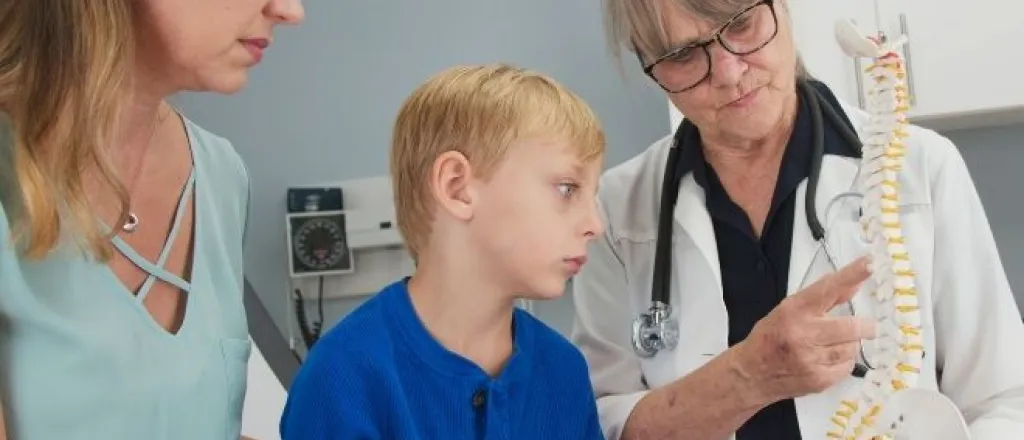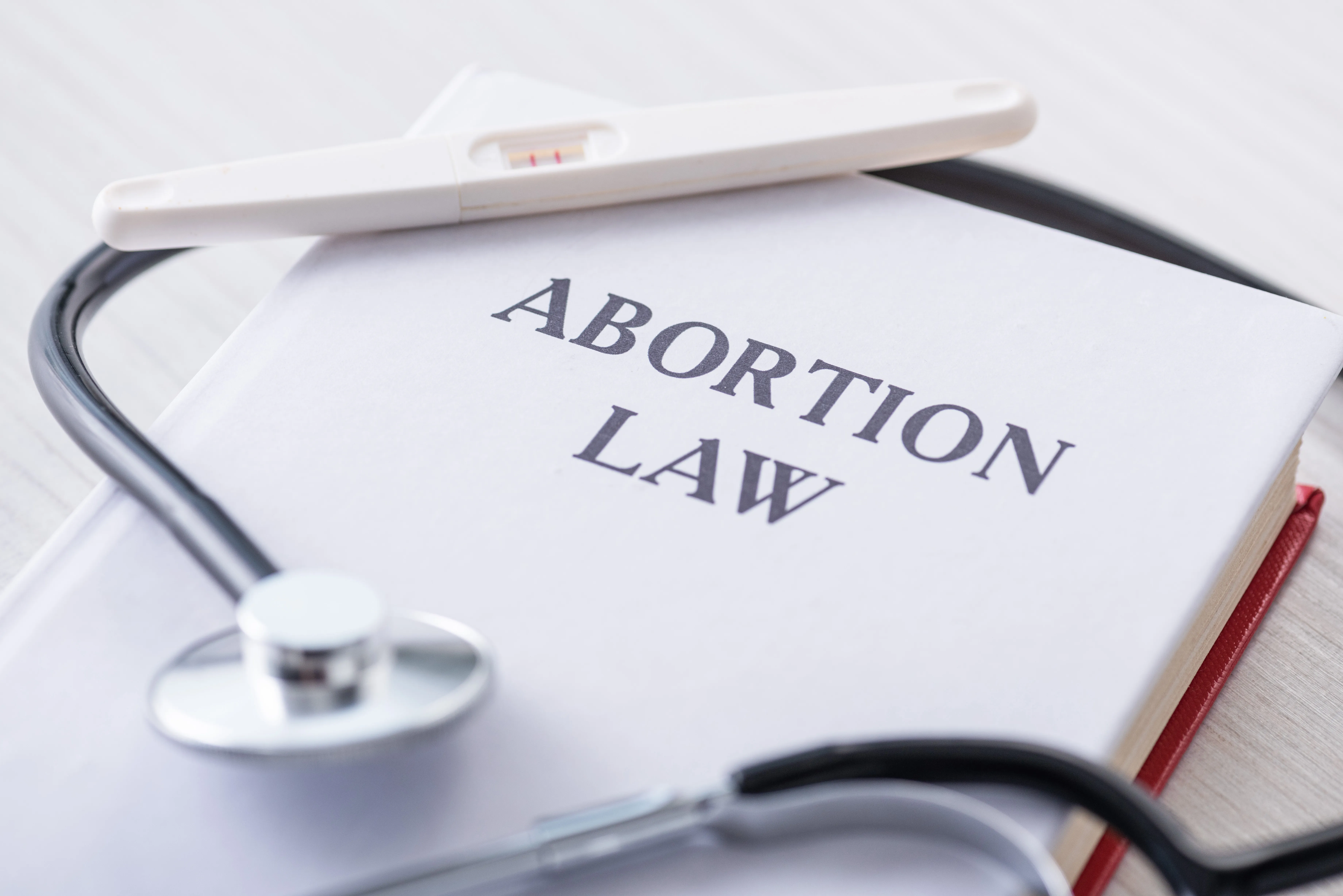
What Parents Should Know About Scoliosis
It’s scary having a child with a medical condition you don’t understand. Counter your fears by learning everything you can about what your child is experiencing. What parents should know about scoliosis is that it’s manageable with the right supports in place. Here is what you need to know.
Early Diagnosis Is Key
Children who develop scoliosis often show signs around age 10. Common symptoms include uneven hips, shoulders, and shoulder blades. During an exam, your child will do an Adam’s forward bend to expose their spine and reveal any possible deformity. The sooner you start treating scoliosis, the more likely you can prevent the curve from becoming severe.
The Different Types of Scoliosis
Scoliosis may cause the spine to curve in an “S” or “C” shape. Further, most cases are idiopathic scoliosis, meaning there is no definite cause. It commonly develops during early adolescence. Early-onset scoliosis occurs before age 10, and if it’s congenial, it starts in utero. While scoliosis is hereditary, many cases are idiopathic. Still, neuromuscular scoliosis occurs when another condition (such as cerebral palsy) affects the spine.
What Treatment Looks Like
If your child receives a diagnosis for scoliosis, the first step in treatment is typically observation. Your doctor will take X-rays every four to six months to monitor the progression of the spine. As long as the curve remains below 25 degrees, that may be the only treatment needed. In cases where the spine curves 25 to 40 degrees, bracing is recommended. You’ll work with your doctor to find out how many years your child will wear their scoliosis brace, but most wear them until they stop developing.
Most Patients Won’t Need Surgery
Unless a spinal curve exceeds 40 degrees, doctors typically don’t recommend surgery. In fact, most patients with scoliosis won’t need this invasive treatment. Catching it early and using other interventions makes it unnecessary.
Most Cases Have Unknown Causes
It’s understandable that you want to know how your child got scoliosis. You may be especially confounded if you can’t find a family member who had it. Often, ancestors do have the condition, but it’s mild enough that it was never diagnosed. Further, your child may be the first in the family to get it.
What parents should know about scoliosis is that it’s treatable. Children can live happy and healthy lifestyles regardless of the severity of their conditions with your support. Join community chats and stay informed about your child’s condition.
















